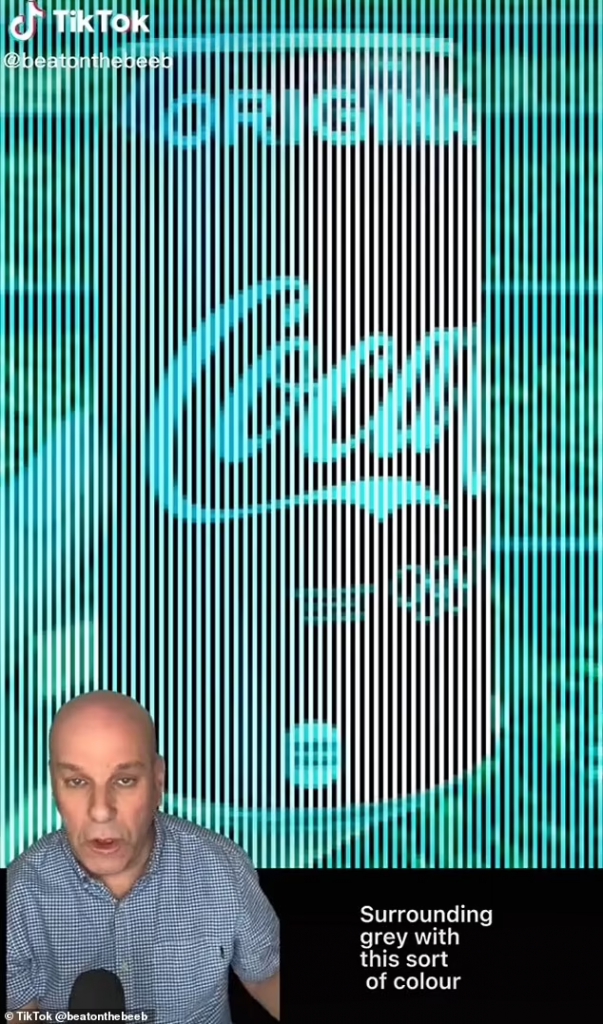Optical illusions have always captivated and perplexed us, playing tricks on our minds and challenging our perception of reality. They are often hailed as “some of nature’s most impressive magic tricks,” effortlessly fooling our brains into perceiving falsehoods.
A recent TikTok video shared by Dr. Dean Jackson (@beatonthebeeb) is causing quite a stir, casting doubt on whether we can truly rely on our own eyes. In the video, the biologist unveils a mind-boggling trick involving a seemingly ordinary Coke can. Despite its apparent bright red hue, Dr. Jackson reveals that our eyes are deceiving us—the can is actually gray. He explains, “Surrounding gray with this sort of color (pointing to blue) makes your brain susceptible to interpreting it as red. And knowing the color of the Coke can can exaggerate this further.”
This perplexing phenomenon occurs when our brains become confounded by the information received from our eyes. The human eye has two types of photoreceptors: rods, which are sensitive to motion, and cones, which are sensitive to light and different colors.
In Dr. Jackson’s demonstration, the cyan filter only allows cyan-colored light to pass through, implying that anything else should appear gray. However, our brains, accustomed to associating Coke cans with red, interpret the gray light as such.
Professor Alan Johnston, a psychology expert at University College London, elaborates on the fascinating nature of optical illusions, stating, “They are deceptively simple and yet compelling—your brain is telling you lies.”
The TikTok video has since sparked a flurry of comments from bewildered viewers, expressing their disbelief and confusion. Some assert, “There is red; my eyes don’t lie,” while others insist, “There’s definitely red there.”
This uncertainty regarding the true colors of objects is a common illusion, as demonstrated by the infamous debate surrounding the viral image of the “white and gold” dress, which was, in fact, blue and black. Similarly, the brain can be thrown off balance when colors blend together, creating this peculiar phenomenon.
Dr. Jackson further illustrates this concept with another example—a picture of a woman’s eyes that initially appear blue but are actually gray. Professor Andrew Lotery from the University of Southampton explains that this perception can also vary based on an individual’s genetic combinations, which influence their sense of color.
He notes that these genes, located on the X chromosome, lead to greater color perception variations in women compared to men.

